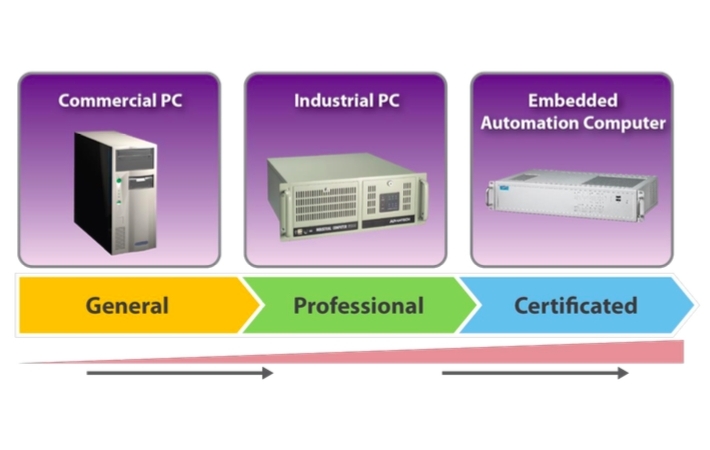
Published on 05/29/2017 | Technology
Power distribution grids are brittle. They were not designed; they were built and added on to, with disregard for safety, security, and robustness. This has been going on for more than 100 years. In many countries, power systems just barely operate. In North America, the grid is dangerously brittle and could be damaged easily. Power plants were large, in the beginning, and either nucle.ar, fossil fuel, or hydroelectric. They were counted on to put power into the grids in a consistent manner, which required little fine adjustment or control. The price of electricity changed annually.
This has changed, and changed dramatically.
In a modern power grid, there are many different types of power production systems. There are the conventional large generation plants using nuclear power and conventional fossil power plants and hydroelectric systems. There is also wind, geothermal, solar, and tidal generation systems. Smart grids are necessary for demand-response power production, and to manage the contribution of the non-conventional systems, which are not consistent power producers. The price of power can now change anywhere from every 15 minutes to every hour in a demand/response system. Much more visibility is necessary to deal with cost changes, power origination changes, and changeable grid reliability.
It is necessary to provide quality power for the 21st century, for the Internet of Things, and Manufacturing 4.0. It is equally necessary to produce a scalable and improvable grid in developing countries that need electrical power but have limited infrastructure. A new kind of grid needs to be designed and built to satisfy the requirements of this new century. For about a decade now, this has been called the Smart Grid.
The heart of the Smart Grid is a robust, integrated communications network with enough speed and bandwidth to produce near-instantaneous communications from any node on the grid to any node on the grid, and back.
The network supports the physical basis of smart electrical distribution: the Smart Transformer Station. The station must be capable of functioning as an intelligent grid node to enable demand/response production of electricity. The transformer station must be capable of using a unified information platform on the entire grid to perform required maintenance, to operate unattended and in automatic mode, to self-diagnose problems and correct them. Automated self-regulation for operational status and the ability for intelligent analysis and decision support are also needed to permit the transformer station to maximize its flexibility and responsiveness.
You can read and download the full report on Advantech here